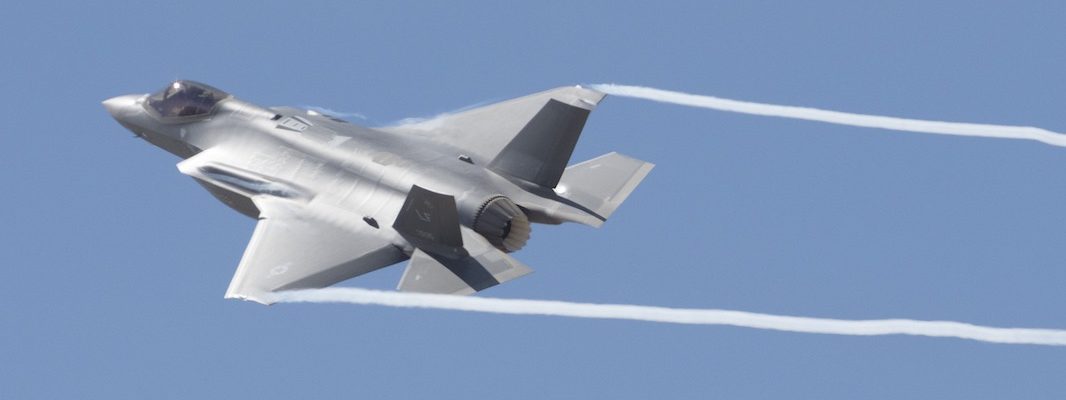
The Air Force’s software innovation center that officially opens on Monday is located in downtown Boston, the personnel don street clothing, everyone goes by their first name and even the lab’s moniker was swiped from the Star Wars hyperspace route so famously navigated by the rogue Han Solo. You could say, this ain’t your father’s military.
And there’s good reason. The center is marching to the beat of Silicon Valley protocols as opposed to military ones to develop technology fast – with the goal of bringing software from idea to product in months instead of years and piercing through typical Department of Defense bureaucracy and spending.
“It was born out of a small group of people who were tired of working in an old way,” said Adam Furtado, chief product officer for Kessel Run, which promises to “revolutionize” how the Air Force builds software.
Traditionally, said Furtado, the Department of Defense’s system for acquiring software has been a hardware-centric approach that’s full of red-tape that can drag out development for up to a decade.
“It has really kind of handcuffed folks trying to get software capabilities out to the war-fighter in a quick manner,” he said.
But Kessel Run aims to let the Air Force create a leaner, quicker and more agile crew of developers, programmers and others who create software systems for use by fighters in Central Command, which is responsible for military operations the Middle East. Critical to the lab’s creation is a multi-million dollar venture with Pivotal Software and collaboration with the military’s Defense Innovation Unit Experimental.
“We are focused on providing capabilities that make the way that we plan and execute warfare more efficient, more optimized and more data-driven,” said Furtado.
It all started around a year ago, when the Air Force set out to build an application for an aircraft refueling tanker. Completing the software in four months and under budget, Kessel Run proved its methods had merit and has since grown to a crew that handles about 10 software teams. It plans to scale up by next year, when it will have the capacity to handle a staff of over 300 military, civilian and contractor personnel.
The group, said Furtado, will in essence handle the Air Force’s “digital transformation” of acquiring software, testing it, and creating security and accreditation protocols and other requirements. Also eyed for overhaul is the entire organizational management and development processes.
Located near North Station, the Kessel Run lab is designed to be like a Silicon Valley technology company, an “island of innovation” where military personnel are pulled out of the normal Air Force base, added an Air Force spokesperson.
“The new lab… is in many ways modeled after Pivotal,” said Simon Holroyd, who heads Pivotal Labs here.
Pivotal is trying to help the military build software teams, manage those teams, and “cultivate the development environment for those teams,” said Holroyd. This includes both creating the software offices and creating a culture for developing software.
An example, said Holroyd, of how the new lab’s culture contradicts the military’s is by “pushing down” decision-making to the font lines, as opposed to making everyone follow a pecking order.
“It does involve removing some level of rank,” he said.
Air Force personnel have paired with Pivotal’s staffers, one-to-one, for training of product managers, designers and software developers, in one of the software company’s several “distinct subscription contracts” with government agencies worth tens of millions of dollars. (Pivotal also has arrangements with the Defense Information Systems Agency and the Defense Innovation Unit-Experimental, as well as a handful of other government groups.)
Using the best practices from startups and modern developers, said Holroyd, will help the military move more quickly and avoid “the cost of delay.” Building products in months rather than several years, he said, can bring big savings, especially when projects can cost hundreds of thousands of dollars a day.
While at one time the Defense Department-mandated processes required to develop new technology were needed to reduce risk, said Furtado, the risk now is failing to keep up.
The traditional way of building military tools involves a cumbersome process focused on hardware that starts with designing a product, submitting its design, getting go-ahead to move forward, building it, testing it, and then building additional versions, and then, if all goes well, producing it for an entire fleet.
“If you translate that to building software, everybody doesn’t have a version of the software until you get to that final step, which could take years,” said an Air Force spokesman.
And the typical time, of say, five years or more, in the private sector can mean generations of new technology have gone by already.
“The reality is,” said Holroyd, “our geopolitical landscape can change in five years.”
And, Holroyd added, any given airman who will use new software “isn’t even going to be the same person in five years.”
While Kessel Run will focus solely on the Air Force, Furtado expects other branches to eventually follow the model.
“Other parts of the Department of Defense are starting to take notice of what we’ve been able to accomplish so far,” said Furtado. “I think everyone has recognized the need for a long time [and] that it shouldn’t take 10 years to get a capability into a war-fighter’s hands.”
source:-americaninno


